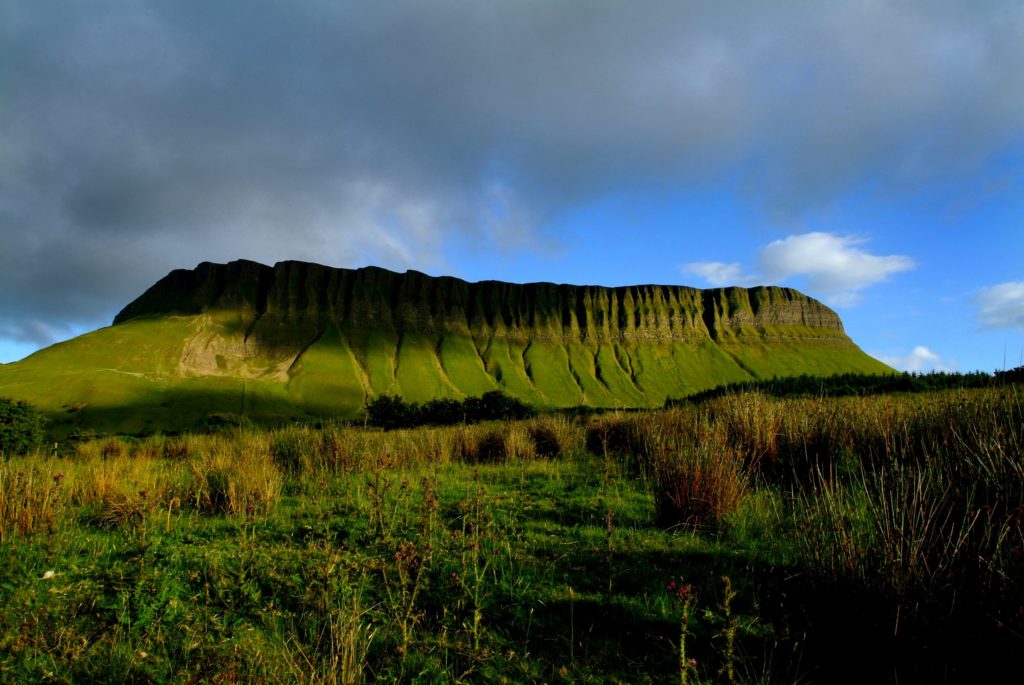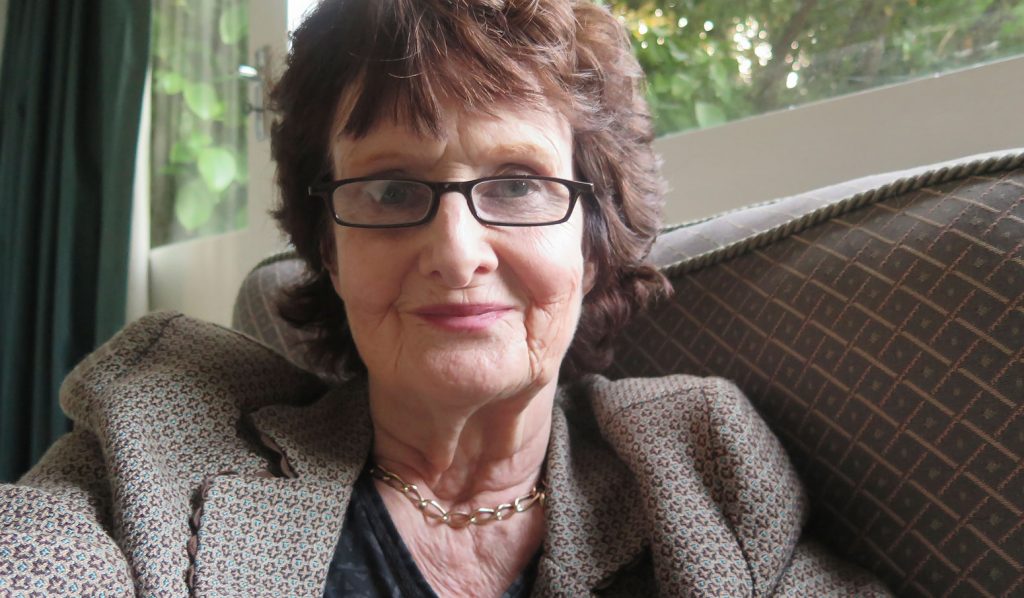TODAY is World Poetry Day – the annual date when the literary artform is celebrated across the world.
Declared by UNESCO in 1999, the global event falls on March 21 each year, and is aimed at “supporting linguistic diversity through poetic expression and increasing the opportunity for endangered languages to be heard”.
Of course, storytelling and a love of words and literature is something that runs in the blood of the Irish.
And the island of Ireland has produced some of the finest writers in the world - including four Nobel Laureates.
So in honour of World Poetry Day, for anyone planning their next trip to the Emerald Isle, Tourism Ireland have revealed a handy guide to show how you can enjoy the land and cityscapes through the eyes of the poets who immortalised them in their work…
 Benbulben mountain inspired William Butler Yeats
Benbulben mountain inspired William Butler YeatsWilliam Butler Yeats
William Butler Yeats is one of the giants of Irish literature.
He drew inspiration from County Sligo, on the Wild Atlantic Way, which he called The Land of Heart’s Desire.
Now known as Yeats Country, Sligo is a place of pilgrimage for poetry lovers.
Visit Yeats’ grave in the village of Drumcliff, which sits at the foot of Benbulben mountain and inspired the poem Under Ben Bulben and take a trip on Lough Gill to visit The Lake Isle of Innisfree.
Seamus Heaney
You can immerse yourself in the work of Seamus Heaney, the most widely published poet in the English language, at the Heaney Homeplace in Bellaghy, County Derry, where the poet was born.
The visitor experience recreates Heaney’s life and work and points you to places that are captured in his words such as Lough Neagh and the Flaggy Shore of County Clare, which features in his poem Postscript.
Patrick Kavanagh
The quiet Monaghan landscape that inspired Patrick Kavanagh has changed little since he wrote his best-loved poems Inniskeen Road and On Raglan Road.
Follow the Kavanagh Trail to see sites referenced in his work and visit the Patrick Kavanagh Centre to delve into his life and poetry.
 The Oscar Wilde statue in Merrion Square, Dublin city
The Oscar Wilde statue in Merrion Square, Dublin cityOscar Wilde
Oscar Wilde is one of the best-known figures in Irish literature and he is celebrated in Dublin with a statue made from semi-precious stones that reclines in Merrion Square.
It is one of the city’s 10 Talking Statues, which each bear a plaque with a QR code that can be scanned with a mobile phone.
After scanning Wilde’s code your phone will ring and you will get the chance to hear an entertaining excerpt of his work read by actor Andrew Scott.
Medbh McGuckian
The dramatic landscape of County Antrim’s Causeway Coast features in the critically acclaimed work of Belfast poet Medbh McGuckian.
Her collections of poems, such as On Ballycastle Beach and The Currach Requires No Harbours, capture the “athletic anatomy of waves” and “infinite racy stir of water”.
The writer-in-residence at Queen’s University also reflects the history of Belfast in her work.
Nuala Ní Dhomhnaill
The Irish language poet Nuala Ní Dhomhnaill has been greatly inspired by the landscape of Co. Kerry.
Her poetry is infused with ancient myths, and she calls out the “otherworldly power” of Mount Brandon.
The peak is a favourite with hikers and the views from the summit are truly poetic.
 Dublin poet Eavan Boland
Dublin poet Eavan BolandEavan Boland
Dublin is celebrated in the work of Eavan Boland, who uses photographs alongside her words to paint a portrait of her home city and its surrounds.
Dun Laoghaire harbour, the Huguenot graveyard on Merrion Row, and the Doll’s Museum are all places that feature in her work.
Other Dublin poets whose work is anchored in their home city are Paula Meehan and Kathryn Tynan. Dublin is a UNESCO City of Literature and you can enjoy its passion for words at museums, libraries and events throughout the year.
A visit to the Museum of Literature Ireland (MoLI) is a must and you can enjoy a light-hearted literary evening on a Dublin Literary Pub Crawl.
For more inspiration for your next visit to Ireland, click here.

